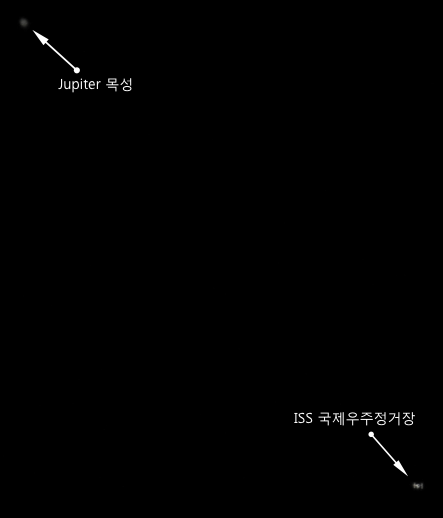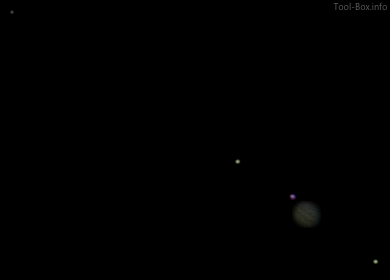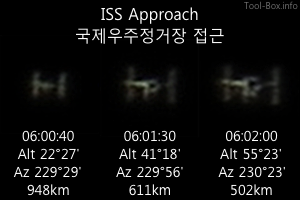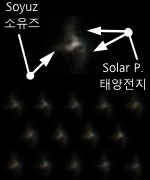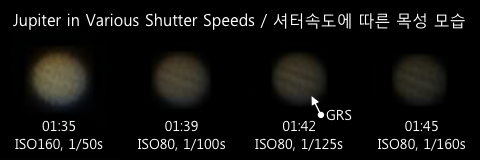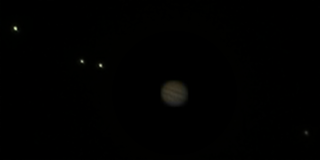Venus at sunset
Posted by Wesley on
Sharper Venus
Notably, this is the first "good" Venus photo I got out of the camera so far. Previously, the planet was too close to the horizon and got warped by the atmospheric turbulence, and the angular diameter being too small did not help, either.
Settings: 1200mm (2x enlarged) - ISO 80 - 1/800s - f/6.5
Filters: Baader M&S applied
Time: 2013-11-17 17:27 KST
Location: Suwon, Korea
23 photos stacked with RegiStax 6.1.0.8
